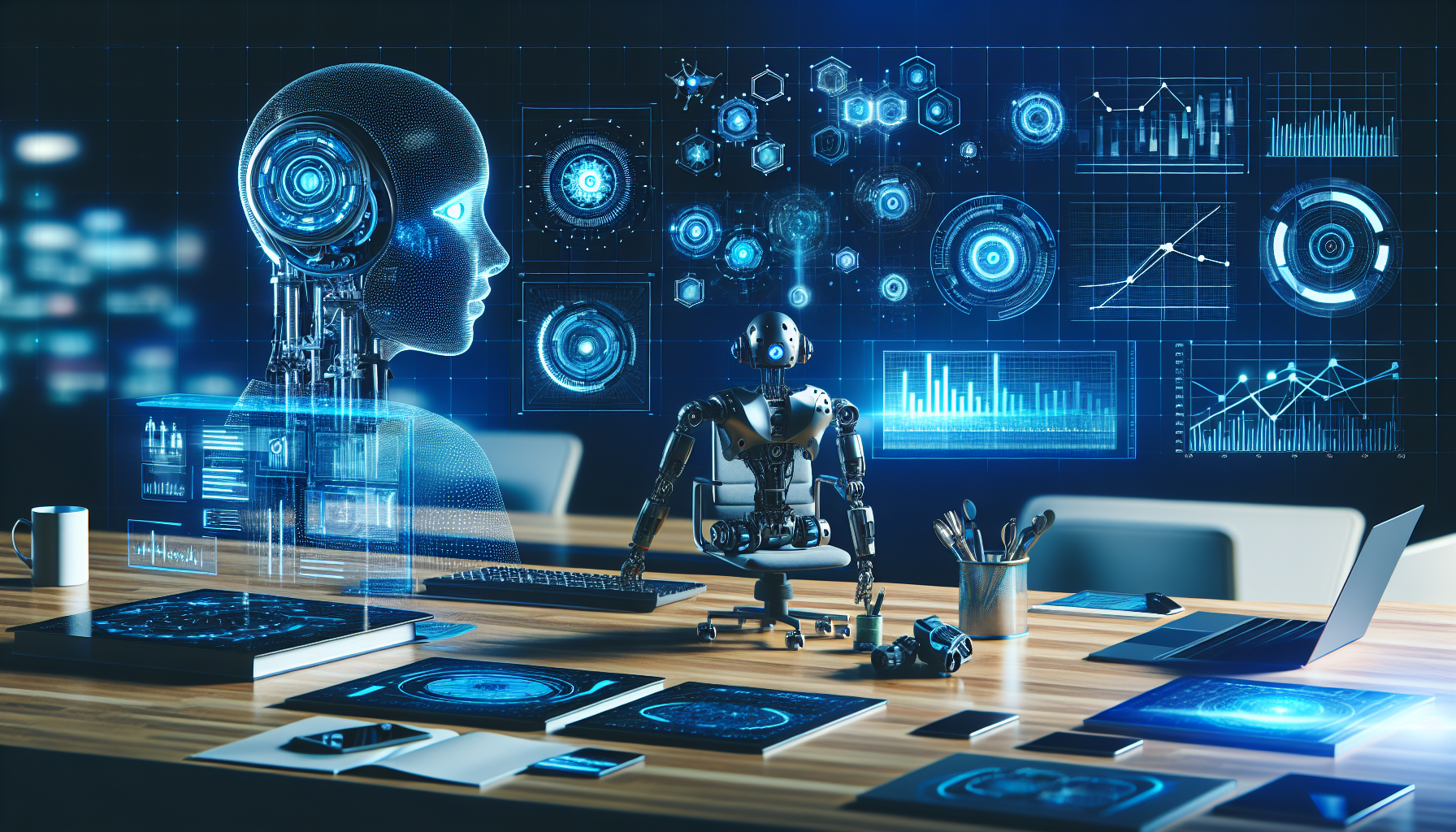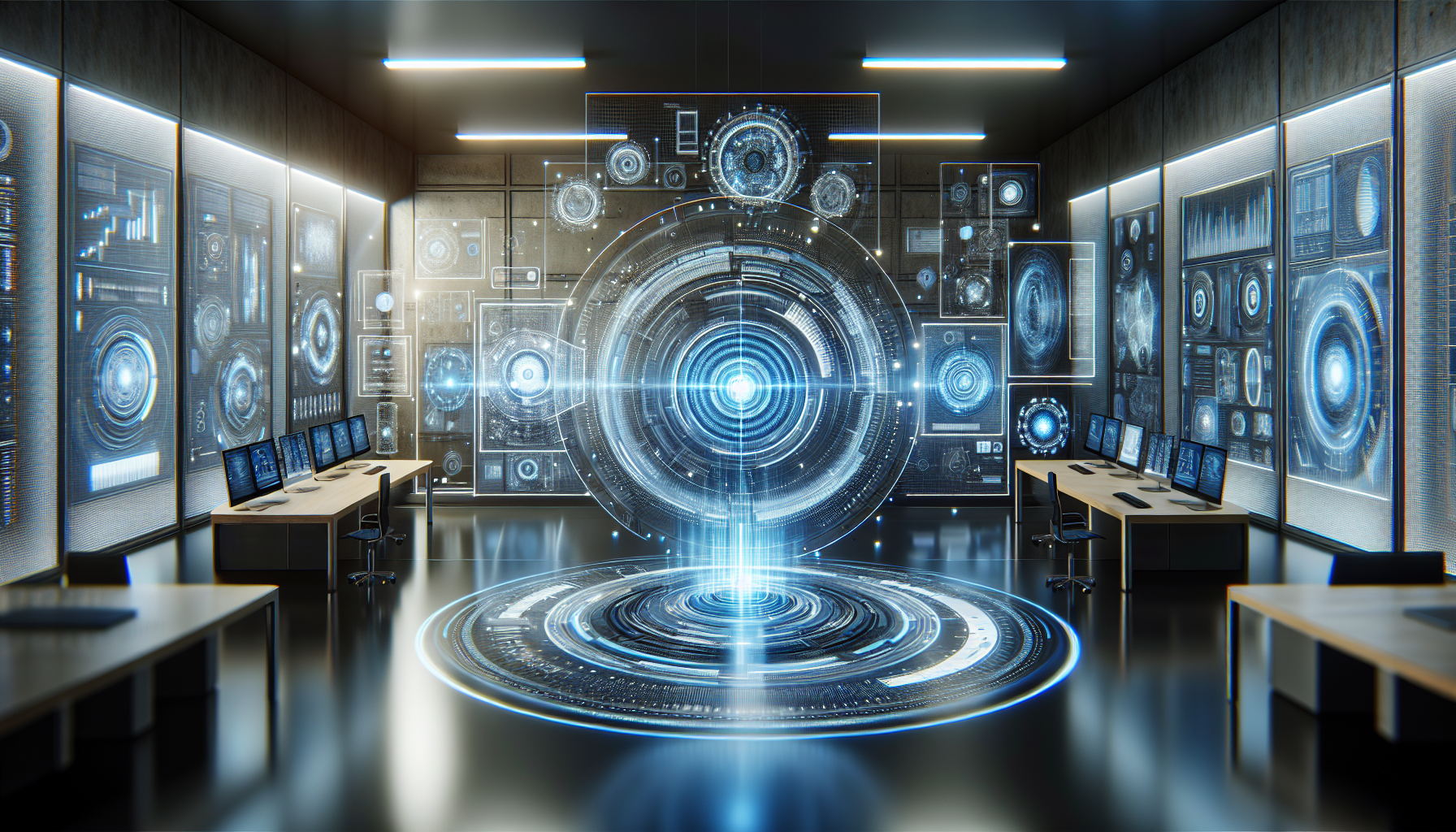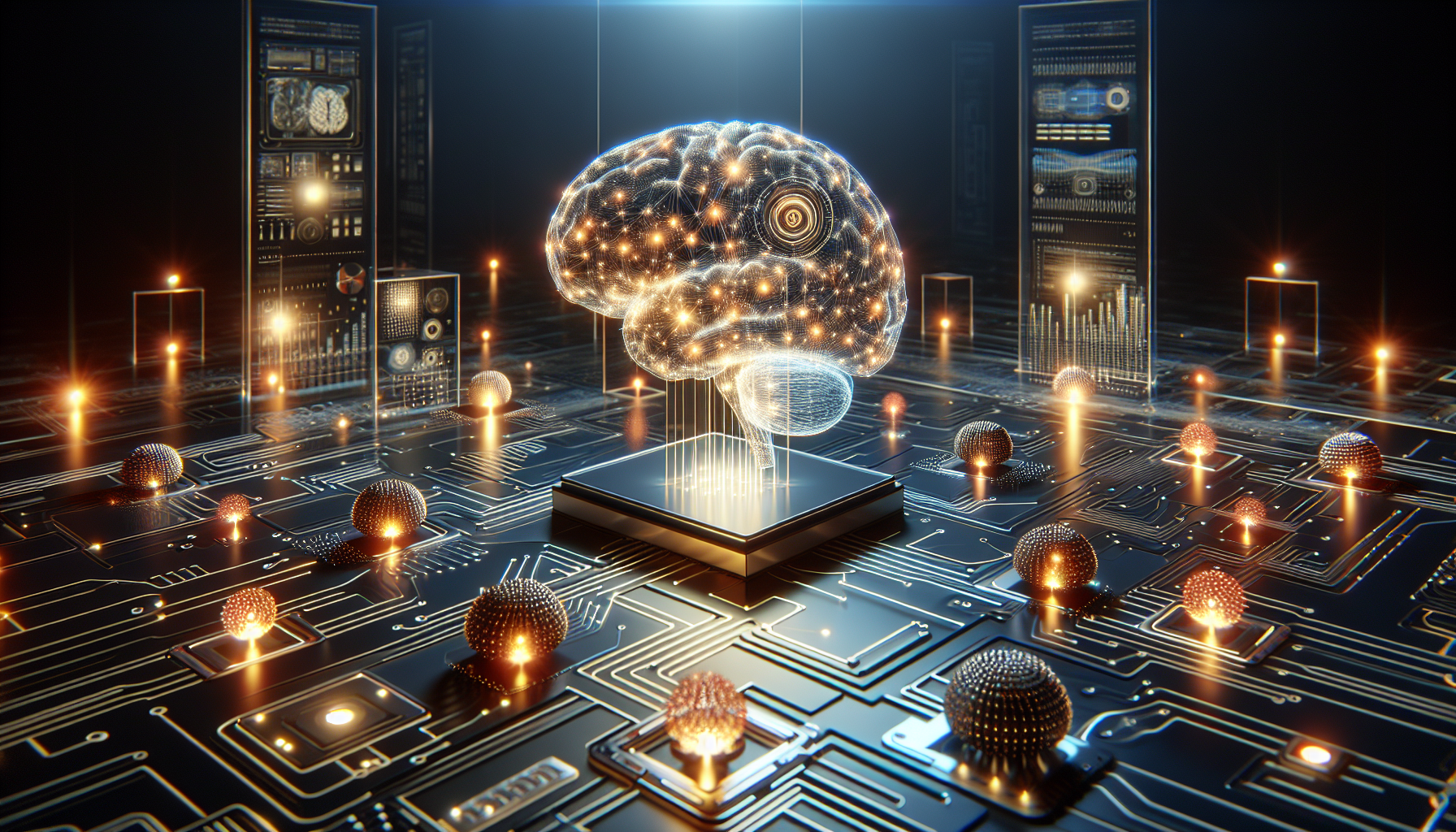
AI's Brush with Creativity: A Critical Look at Art's New Frontier
November 27, 2025
The infusion of artificial intelligence into the realm of art is as unsettling as it is revolutionary. AI's encroachment on a domain traditionally celebrated for its human touch raises profound questions about the essence of creativity itself. Despite its potential to democratize art creation, AI's involvement in art and creativity often feels like a paradox, challenging long-held beliefs about what it means to be creative.
Once the exclusive territory of intuitively gifted humans, art now finds itself increasingly influenced by algorithms and machine learning models. These digital maestros can generate paintings, compose music, and even write poetry that, at first glance, might pass as human-made. The critical question, however, is whether these AI-generated pieces can truly capture the depth and nuance that characterize human creativity.
AI's foray into art often starts with generative networks, such as Generative Adversarial Networks (GANs). These systems are trained on a vast array of images, learning to produce new works that mimic established styles or create entirely novel ones. The results can be startlingly impressive—vivid landscapes, abstract compositions, or portraits with an uncanny resemblance to the works of master artists. But does this mechanical mimicry equate to genuine creativity, or is it merely a sophisticated form of plagiarism?
Proponents argue that AI democratizes art, allowing more individuals to engage in creative processes without formal training. This accessibility is undoubtedly a positive development, enabling diverse voices to participate in artistic conversations. Yet, the critical issue remains: can a machine, devoid of consciousness and emotion, ever truly grasp the subtleties of human experience? Critics assert that AI lacks the personal touch, the emotive force born of human struggle and triumph that infuses art with meaning.
Moreover, the rise of AI in art raises ethical concerns about authorship and ownership. If an algorithm creates a piece of art, who owns the rights—the programmer, the user, or the machine itself? This question becomes even more complex when AI is used to produce commercially successful art. The legal frameworks governing intellectual property are ill-equipped to handle the nuances of AI-generated works, leading to murky waters where creators and consumers alike are left to navigate an uncertain landscape.
The commodification of AI-generated art also presents a troubling trend. As technology becomes more adept at producing art that appeals to human sensibilities, there is a risk of art becoming a mere product, valued only for its market potential rather than its ability to provoke thought or inspire change. This shift could prioritize profit over passion, reducing art to a transactional commodity rather than an expression of the human soul.
Despite these challenges, AI offers intriguing possibilities for collaboration. Artists can use AI as a tool to explore new creative territories, pushing the boundaries of their work in ways that might be impossible alone. This symbiotic relationship between human and machine has the potential to redefine what art can be, blending the precision of algorithms with the unpredictability of human imagination.
Yet, even in collaborative contexts, the specter of AI's influence looms large. There is a danger that artists might become overly reliant on AI, stifling their own creative instincts in favor of algorithmic suggestions. This dependency could homogenize artistic expression, leading to a future where art is less about unique perspectives and more about algorithmic efficiency.
The intersection of AI and art is not just a technological evolution; it is a cultural shift that demands critical examination. As AI continues to infiltrate the arts, society must grapple with the implications for creativity, authenticity, and what it means to be human. Is it possible for a machine to truly understand the essence of human experience, or are we simply dressing algorithms in creative garb, hoping they measure up to the real thing?
As the line between human and machine-generated art blurs, we are left to ponder: will AI enhance our understanding of creativity, or will it redefine it in ways that distance us from the very essence of what it means to create? This critical juncture invites reflection and dialogue, challenging us to reconsider the role of technology in our creative lives.


